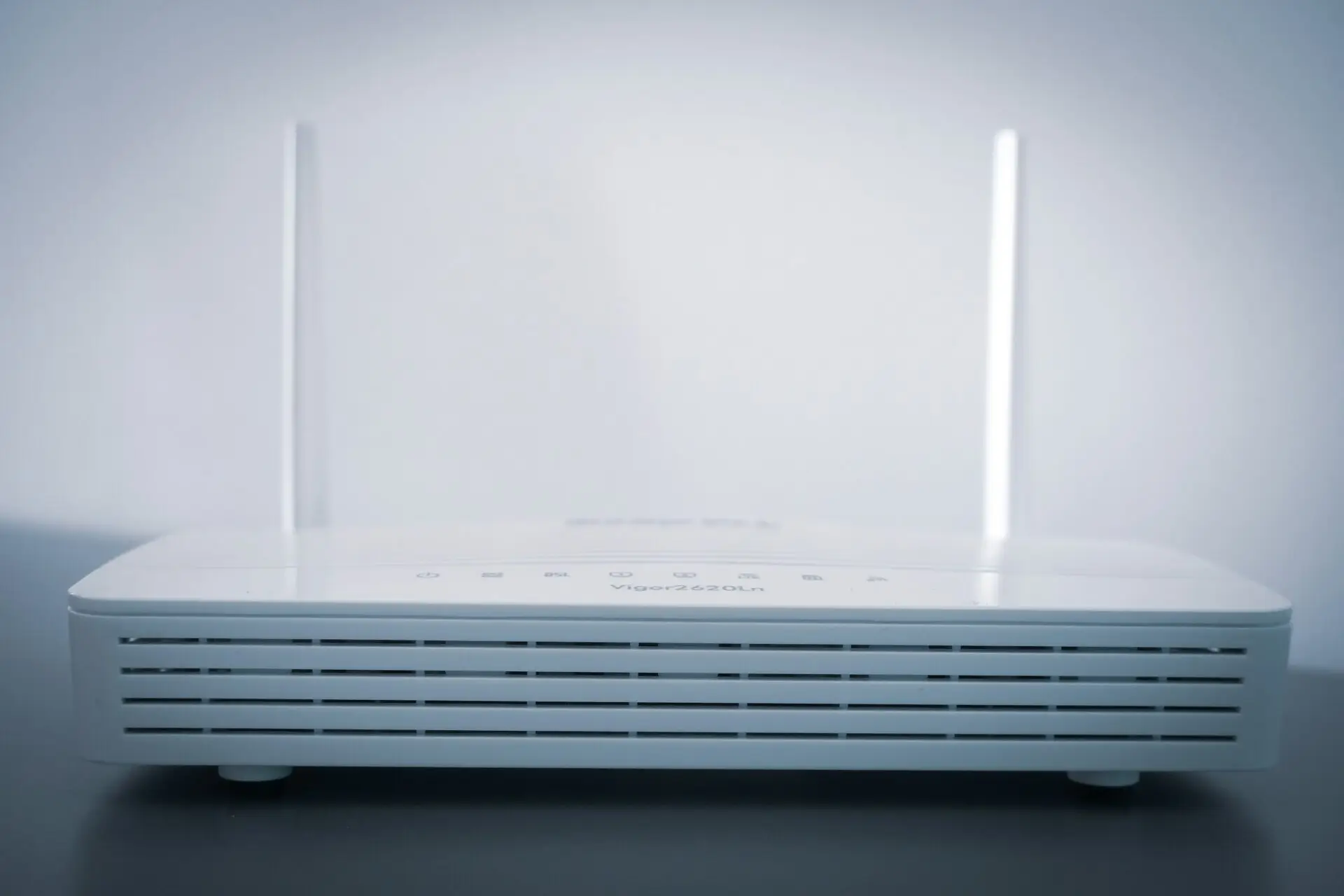Electromagnetic fields (EMF) are everywhere in our modern homes. While the levels of EMF radiation from household devices are generally considered safe by health standards, it’s still useful to know where these sources are. Here are the ten most common sources of EMF radiation in the average household:
1. Wi-Fi Routers
Wi-Fi routers emit radiofrequency radiation to provide wireless internet access throughout the home. These devices are typically always on, emitting constant EMF radiation. It’s recommended to place routers away from bedrooms and limit exposure, especially for children.
2. Mobile Phones
Mobile phones are a significant source of EMF radiation, particularly when they are in use for calls, texts, or internet access. Using hands-free devices and keeping phones away from the body can reduce exposure.
3. Laptops and Tablets
Laptops and tablets emit EMF radiation, especially when connected to Wi-Fi or Bluetooth. Using these devices on a desk rather than directly on the lap can help minimize exposure.
4. Microwave Ovens
Microwave ovens use microwave radiation to heat food. Although these appliances are designed to contain radiation, some leakage can occur. Standing away from the microwave while it’s in use can reduce exposure.
5. Smart Meters
Many homes now use smart meters to track electricity usage. These devices transmit data wirelessly, emitting EMF radiation. Although typically installed outside, they can still be a source of indoor exposure.
6. Cordless Phones
Cordless phones, particularly their base stations, emit constant EMF radiation. Limiting use and opting for corded phones where possible can reduce exposure.
7. Baby Monitors
Baby monitors, especially those with video capabilities, emit EMF radiation. Placing the monitor at a distance from the baby and turning it off when not needed can help minimize exposure.
8. Bluetooth Devices
Bluetooth-enabled devices, such as headphones, speakers, and fitness trackers, emit EMF radiation. Using these devices sparingly and opting for wired alternatives can lower exposure.
9. Televisions
Modern smart TVs emit EMF radiation, particularly when connected to Wi-Fi. Turning off the TV and disconnecting it from Wi-Fi when not in use can help reduce exposure.
10. Household Appliances
Common household appliances like refrigerators, washing machines, and hairdryers emit EMF radiation. While these devices are essential, using them at a reasonable distance and turning them off when not in use can minimize exposure.
Reducing EMF Exposure
While the EMF radiation from household devices is generally within safe limits, here are some tips to further reduce exposure:
– Keep a distance from devices emitting EMF radiation whenever possible.
– Turn off devices when not in use.
– Use wired connections instead of wireless where feasible.
– Place EMF-emitting devices away from sleeping areas.
– Limit the duration of exposure to devices emitting higher levels of EMF.
By being aware of these common sources of EMF radiation and taking simple precautionary measures, you can create a safer and healthier living environment.
For more detailed information on EMF radiation and health guidelines, you can visit reputable sources such as the World Health Organization (WHO) and the National Institute of Environmental Health Sciences (NIEHS).




